[VLOG 188] We have every opportunity
Visiting Berlin was an incredible and humbling experience. Visiting the memorials and learning about Berlin’s history and the history of Germany and Europe reminded me just how many opportunities each and every one of us have in the modern world to make a difference and use up our lives to the fullest.
We are so very lucky to be alive at this time. We have the freedom to have, be, do, anything good in this world. Anything.
The only thing that’s stopping us from stepping up and living out our potential is the voice in our heads.
Take control of your mindset, connect with your purpose, set your vision and get out there and make a difference to other people’s lives. It will come back to you 1000 fold.
This is our duty.
Lisa #DARETOGROW
P.s. In the vlog I visited and talked about three key landmarks in Berlin. Here they are. It’s amazing learning about the history and culture of other countries. This trip has opened my eyes.
(1) Brandenburg Gate
The Brandenburg Gate is an 18th-century neoclassical monument in Berlin, built on the orders of Prussian king Frederick William II after the (temporarily) successful restoration of order during the early Batavian Revolution. One of the best-known landmarks of Germany, it was built on the site of a former city gate that marked the start of the road from Berlin to the town of Brandenburg an der Havel, which used to be capital of the Margraviate of Brandenburg.
Throughout its existence, the Brandenburg Gate was often a site for major historical events and is today considered not only as a symbol of the tumultuous history of Europe and Germany, but also of European unity and peace.
(2) Reichstag building
The Reichstag is a historic edifice in Berlin, Germany, constructed to house the Imperial Diet (German: Reichstag) of the German Empire. It was opened in 1894 and housed the Diet until 1933, when it was severely damaged after being set on fire. After World War II, the building fell into disuse; the parliament of the German Democratic Republic (the Volkskammer) met in the Palast der Republik in East Berlin, while the parliament of the Federal Republic of Germany (the Bundestag) met in the Bundeshaus in Bonn.
The ruined building was made safe against the elements and partially refurbished in the 1960s, but no attempt at full restoration was made until after German reunification on 3 October 1990, when it underwent a reconstruction led by architect Norman Foster. After its completion in 1999, it once again became the meeting place of the German parliament: the modern Bundestag.
(3) Memorial to the Murdered Jews of Europe
The Memorial to the Murdered Jews of Europe also known as the Holocaust Memorial, is a memorial in Berlin to the Jewish victims of the Holocaust, designed by architect Peter Eisenman and engineer Buro Happold. It consists of a 19,000-square-metre (200,000 sq ft) site covered with 2,711 concrete slabs or “stelae”, arranged in a grid pattern on a sloping field. They are organized in rows, 54 of them going north–south, and 87 heading east–west at right angles but set slightly askew. An attached underground “Place of Information” holds the names of approximately 3 million Jewish Holocaust victims, obtained from the Israeli museum Yad Vashem.
Building began on April 1, 2003, and was finished on December 15, 2004. It was inaugurated on May 10, 2005, sixty years after the end of World War II in Europe, and opened to the public two days later. It is located one block south of the Brandenburg Gate.



